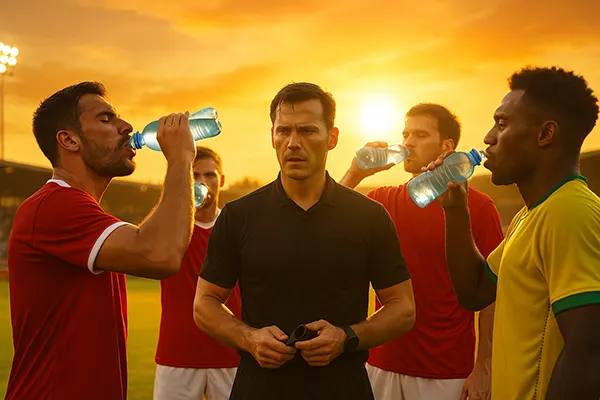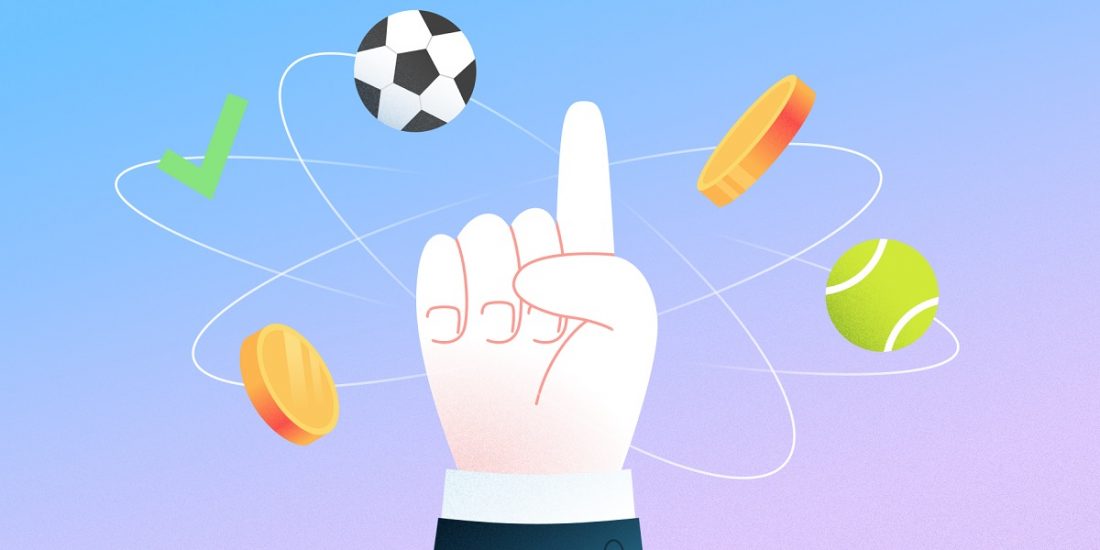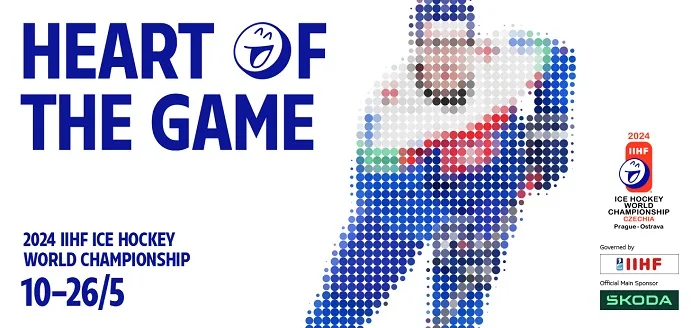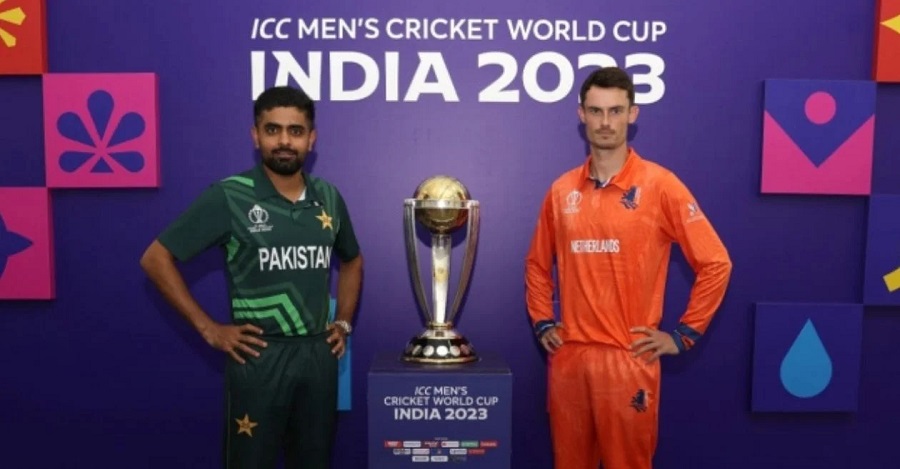
How Football Tactics Adapt Under Heat: Analysing Temperature Impact on Team Strategy
Extreme temperatures are not just a test of physical endurance for football players—they are a strategic challenge that can reshape how matches are played. With global temperatures rising and more matches being held during peak summer months, teams must adapt tactically to stay competitive and reduce physical strain. This article examines how heat changes tactical decisions, affects in-game dynamics, and influences match outcomes, focusing on observations up to June 2025.
Adjustments in Pace and Possession
During intense heat, teams often reduce the overall pace of play to conserve energy. High pressing and rapid transitions become risky as players risk exhaustion. Instead, clubs increasingly favour controlled possession-based strategies, prioritising ball retention over direct attacks. This shift helps players recover during the game and limits unnecessary running.
Match statistics from top European leagues show a decrease in sprints and an increase in short passes during heatwaves. For example, Premier League data from May–June 2025 indicated a 12% drop in sprinting activity in matches held above 30°C. Ball possession rose on average by 6% among teams favouring patient build-up over direct counterattacks.
Midfield control becomes a priority. Coaches deploy more technical midfielders who can dictate tempo and reduce the frequency of transitions. In such settings, tactical conservatism often pays off by reducing fatigue-related errors late in the game.
Impact on Defensive Line and Pressing Intensity
High pressing demands aerobic intensity, which becomes harder to sustain in heat. Teams now tend to defend in mid or low blocks, allowing the opponent to circulate the ball in non-threatening areas while conserving their own energy. This trend is evident in summer international tournaments, including Euro 2024 and Copa América 2024, where average pressing intensity dropped significantly.
Another observable shift is the lowering of the defensive line. Instead of pushing defenders high to compress space, managers are increasingly cautious. A deeper line reduces the risk of defenders being outrun during heat-induced fatigue, especially in the final 15 minutes of each half.
Coaches have also modified training plans. Instead of intense tactical drills, focus shifts to hydration, mental preparation, and positional discipline—especially in defensive organisation, which must hold under physically demanding conditions.
Hydration Breaks and Tactical Resets
Since FIFA formally introduced cooling breaks in 2014, these intervals have gained tactical importance. In 2025, they are no longer just a health precaution—they are seen as mini team talks. Coaches use these moments to recalibrate tactics and communicate positional changes as the game evolves in real-time.
Teams use hydration breaks to switch between formations, especially if the original strategy proves ineffective under weather stress. For example, switching from a 4-3-3 to a 4-5-1 allows midfield reinforcement and better compactness. The trend of using these windows for tactical adjustments is evident across major leagues and tournaments in 2025.
Hydration strategies have also evolved. Teams now coordinate water and electrolyte intake with real-time player monitoring systems. Smart wearables track sweat loss and temperature changes, allowing medical staff to anticipate cramps and substitute players before performance drops occur.
Role of Substitutions and Squad Rotation
Heat conditions have increased the tactical importance of substitutions. With many matches allowing up to five subs, managers carefully time their changes to manage player output and maintain rhythm. Substitutes are no longer just replacements—they are tactical tools to adjust game momentum.
In leagues like La Liga and Serie A, June 2025 data shows that 68% of substitutions occurred between the 60th and 75th minutes—aligned with peak fatigue periods under high temperature. Players introduced late in the game are often chosen for their fresh legs and ability to exploit tired defences.
Rotation policies have also changed. In multi-match weeks, teams assess weather forecasts to decide squad selection. Rotating full-backs and wingers—who cover the most ground—has become essential in sustaining performance across tournaments played in warm climates.

Psychological and Technical Shifts
Heat affects players’ decision-making capabilities. Studies from UEFA’s medical unit in 2024–2025 revealed that concentration drops significantly during prolonged exposure to high temperatures. As a result, technical execution—such as first touches, passing accuracy, and timing—can suffer, especially late in the match.
In response, teams now design drills that mimic match scenarios under simulated heat. Training under infrared lamps and in climate-controlled domes has become common for elite clubs preparing for summer competitions. The aim is to familiarise players with thermal discomfort, improving their ability to maintain technical sharpness under pressure.
Communication becomes even more crucial. As fatigue sets in, verbal cues and leadership from captains and experienced players help maintain organisation and composure. Teams also rely more on short passing sequences rather than risky long balls that demand more movement and energy.
Technology and Data-Led Strategy Planning
Technological advances have allowed better data collection on how heat affects team performance. Tools like GPS trackers, body temperature monitors, and heart rate variability sensors help coaching staff adjust training loads and match strategies in real time. Clubs like Bayern Munich and Manchester City were among the first to adopt such systems widely.
AI-based analytics are now used to predict player fatigue based on weather conditions, recent minutes played, and physical metrics. These models help tailor heat-specific game plans—selecting which players to start, who to rest, and when to use substitutions most effectively.
Sports scientists now work closely with tactical analysts to develop matchday strategies that minimise heat-related performance dips. By combining meteorological data with player health stats, teams can proactively adjust training intensity and match approach days before kick-off.
Popular articles
-
 European handicap in sports betting
European handicap in sports bettingThe European Handicap is a type of bet in which …
-
 Exploring the Excitement of the IIHF ...
Exploring the Excitement of the IIHF ...The IIHF World Championship stands as a pinnacle of international …
-
 Pakistan vs Netherlands: A Riveting S...
Pakistan vs Netherlands: A Riveting S...The cricketing world eagerly anticipates the Pakistan vs Netherlands clash …
